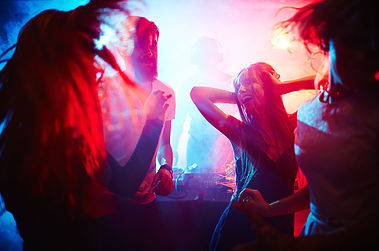
Chengdu
Attractions
Chengdu, formerly romanized as Chengtu, is a sub-provincial city which has served as the capital of China’s Sichuan province, It is one of the three most populous cities in Western China (the other two are Chongqing and Xi’an). As of 2014 the administrative area houses 14,427,500 inhabitants, with an urban population of 10,152,632. At the time of the 2010 census, Chengdu was the 5th-most populous agglomeration in China, with 10,484,996 inhabitants in the built-up area including Xinjin County and Deyang’s Guanghan City.
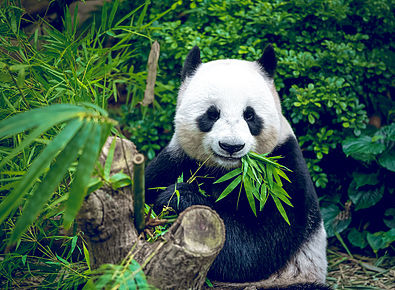
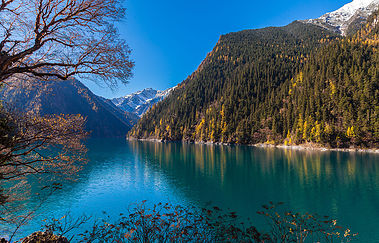
Climate
A summary of the weather of Chengdu might read “an early spring, a hot summer, a cool autumn and a warm (relative to surrounding areas) winter”. The average mid-winter temperature (January is the coldest month) lies between 3–8 degrees Celsius, while the average summer temperature (July being the hottest month) lies between 22–29 degrees Celsius. Average precipitation (strictly rainfall) for the Chengdu Plain is 1000 mm (about 40 in), which is almost double the amount of precipitation in the Hengduan Mountains to the west.
Jiuzhai Valley National Park
Jiuzhaigou Valley Scenic and Historic Interest Area covers more than 600 square kilometers (about 230 square miles). Shuzheng Valley, Rize Valley and Zechawa Valley are the three main valleys, but the sceneries are far more than you expect. There are Panda Lake Waterfall which has the longest drop in Jiuzhai Valley and freezes to a crystal world in winter, the giant calc-sinter beach Pearl Beach, the Arrow Bamboo Lake that has a large area of bamboo, the favorite food of pandas, and Swan Lake where swans inhabit …
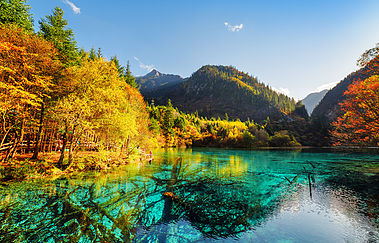
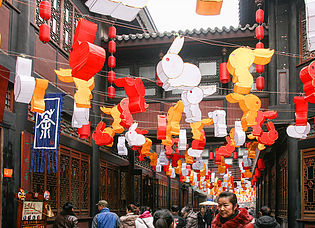
Jinli Street
Strolling down the narrow street, you will find yourself surrounded by old-world stores selling Shu Embroidery, lacquer products, folk handicrafts, curios, or calligraphies and paintings of celebrities. All of these stores have their unique style but also have one thing in common: no matter how busy the place is, the stores are peaceful and relaxing. You can browse leisurely or purchase some souvenirs for your friends. Most of the special local products can be found here.
Wide and Narrow Alley (Kuanzhai Xiangzi)
In 2003, renovation work of the two alleys began, aiming to build a complex cultural and business street with the functions of tourism and recreation. On June 14, 2008, the newly renovated Wide, Narrow and Well Alley were opened to the public, located in nowadays Qingyang District, to the east of Tongren Road and west of Changshun Street. Nowadays, Wide and Narrow Alley is a popular entertainment and nightlife block as well as a famous tourism site, with lots of restaurants, pubs, teahouses, and stores selling featured souvenirs.
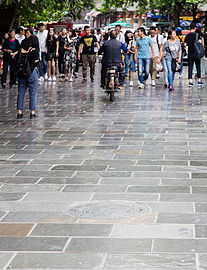
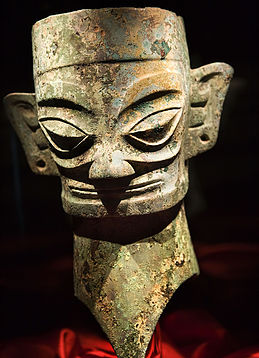
Sanxingdui Museum
Sanxingdui Museum (Three-Star Piles Museum) is located in Northeast of Three-Star Piles archeological site, west of the famous cultural city of Guanghan, on the bank of Jian River (commonly called Yazi River), 40 kilometers (about 24.9 miles) north of Chengdu City. Covering an exhibition area of 4,000 square meters (nearly 1 acre), and opened in October 1997 this is an archeological museum with excellent modern facilities. The cultural relics preserved here were mostly unearthed from the Three-Star Piles site.
Night Life
Sichuan Opera
As a local opera popular in Sichuan, Yunnan and Guizhou Provinces, Sichuan opera is an important part of Chengdu culture. It began in the Qing Dynasty (1644-1911) as a combination of five operatic tunes introduced from other regions. Retaining the local dialect, the role of Chou (Clown) covers a comparatively large part of the performance; The opera often presents a charming witty atmosphere. Its varied performances, such as Bianlian (Changing faces), Gundeng (Rolling lamps) and Tuhuo (Spitting fire) are very popular; Bianlian (Changing faces) is famous even overseas for its mysterious techniques.
Pubs and Clubs
While featuring the culture of ancient Shu, as a blooming business center and primary metropolis of Southwest China, Chengdu is endowed with modern flavours. Pubs and clubs are primarily in busy streets such as Renmin South Road and west of Yangshi Street. Cafes, discos, karaoke bars, ballrooms, and bowling alleys are also here. Kakadu Club, Glasshouse Pub, Gaomeigao in Lihua Street and Hongse Niandai (Red Ages) in Renmin South Road, among others, are well known among younger people.
